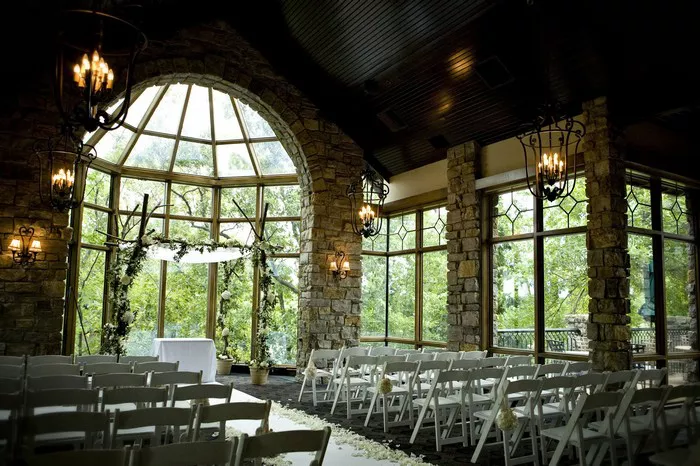In recent years, the wedding industry has seen a significant shift toward smaller, more intimate celebrations. Gone are the days when couples felt pressured to invite hundreds of guests and spend exorbitant amounts on lavish venues. Instead, micro-weddings—typically consisting of 20 to 50 guests—have become the preferred choice for many modern couples. This trend, which gained momentum during the COVID-19 pandemic, has continued to thrive as people reevaluate their priorities and seek more meaningful experiences.
One of the primary reasons for the popularity of micro-weddings is the emphasis on quality over quantity. Couples are choosing to invest in high-quality food, personalized decor, and unique experiences rather than stretching their budgets to accommodate a large guest list. For example, some are opting for multi-course gourmet meals prepared by private chefs, while others are hosting their ceremonies in unconventional locations like private estates, vineyards, or even their own backyards. The reduced guest count allows for deeper connections with attendees, making the event feel more personal and memorable.
Another factor driving this trend is the financial benefit. Traditional weddings can easily cost tens of thousands of dollars, but micro-weddings offer a more budget-friendly alternative without sacrificing elegance. Many couples are redirecting the money they would have spent on a large wedding toward other life goals, such as buying a home, traveling, or saving for the future. Additionally, smaller weddings often mean less stress, as there are fewer logistics to manage, fewer opinions to navigate, and more flexibility in planning.
Social media has also played a role in normalizing micro-weddings. Platforms like Instagram and Pinterest are filled with stunning examples of intimate celebrations, proving that a smaller guest list doesn’t mean compromising on style or beauty. Many couples are taking inspiration from these platforms, incorporating bespoke details like handwritten vows, custom cocktails, and interactive guest experiences that wouldn’t be feasible at a larger event.
Despite the shift toward smaller weddings, some couples still face pressure from family members who expect a traditional, large-scale celebration. However, more people are standing firm in their decision, recognizing that their wedding should reflect their values and preferences. Some are even hosting separate, smaller gatherings for extended family and friends to celebrate at a later date, blending the intimacy of a micro-wedding with the inclusivity of a larger reception.
As the trend continues to grow, wedding vendors are adapting to meet the demand. Photographers, florists, and planners are offering specialized micro-wedding packages, and venues are creating intimate settings tailored to smaller groups. The rise of micro-weddings signals a broader cultural shift toward intentionality and mindfulness in celebrations, proving that sometimes, less really is more.


